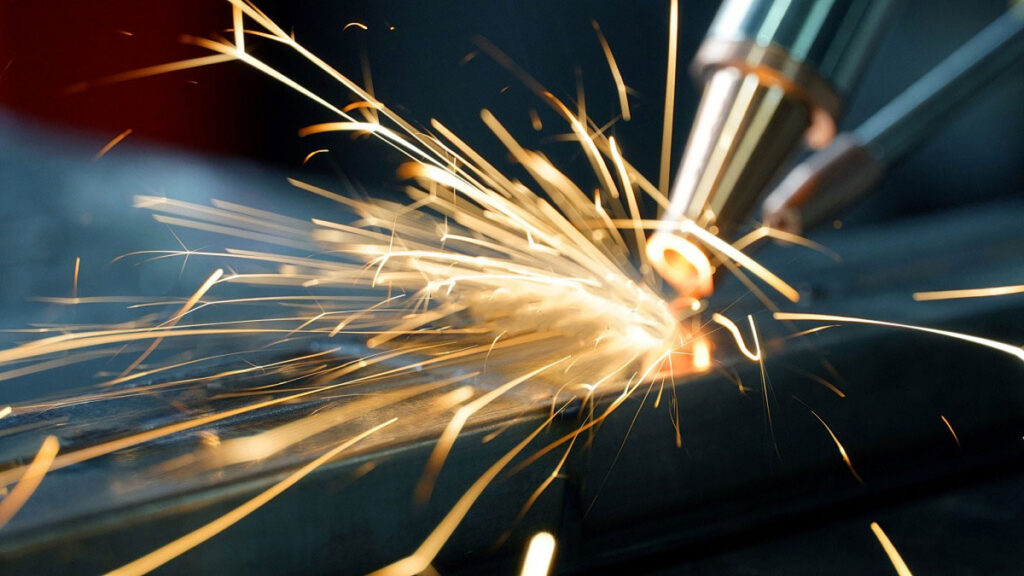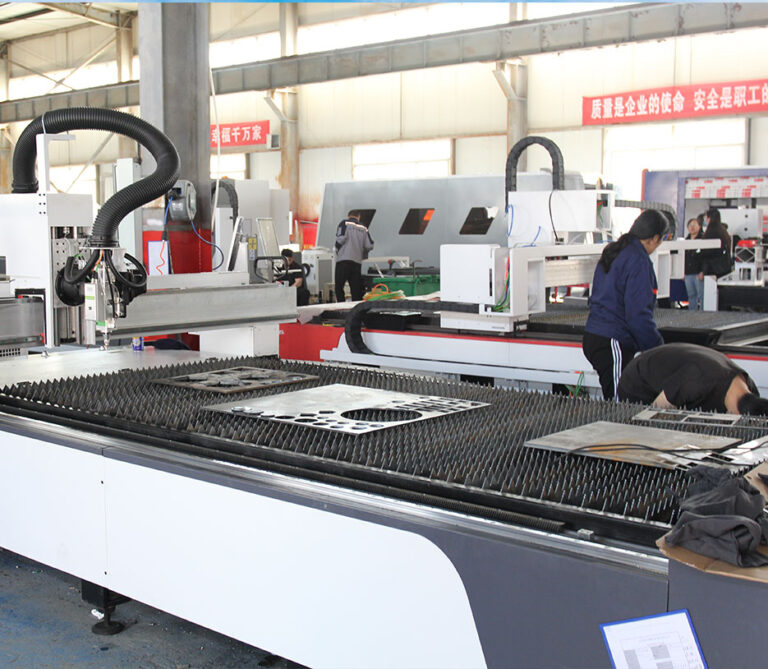
Laser welding machine, as an advanced welding technology in modern manufacturing, has significant advantages in improving work efficiency.
Firstly, laser welding has extremely high welding speed. Due to the concentration and controllability of laser energy, it can quickly melt the welding area and complete an efficient welding process. Compared with traditional welding methods, laser welding can complete the same or larger welding tasks in a shorter time, greatly improving production efficiency.
Secondly, laser welding has high precision and a small heat affected zone, reducing material deformation and the need for subsequent processing. This not only improves the first pass rate of the product, reduces rework costs, but also shortens the production cycle. In addition, laser welding can process materials of various complex shapes, suitable for different welding tasks, reducing the time wasted due to equipment adjustment and fixture replacement.
Laser welding machines have a high degree of automation and are easy to integrate with robots and automated production lines, achieving unmanned or less manned production. This automated welding method not only reduces manual operation errors, but also lowers labor intensity and costs, thereby further improving production efficiency.
In addition, laser welding has strong flexibility and can freely switch between various materials and materials of different thicknesses, with wide adaptability, greatly reducing downtime between different processes.
In summary, laser welding machines, with their characteristics of high speed, precision, automation, and flexibility, have significantly improved work efficiency in the manufacturing industry, bringing significant economic benefits and competitive advantages to enterprises.



